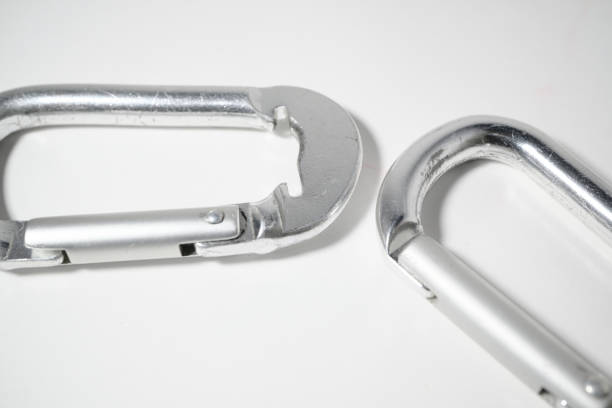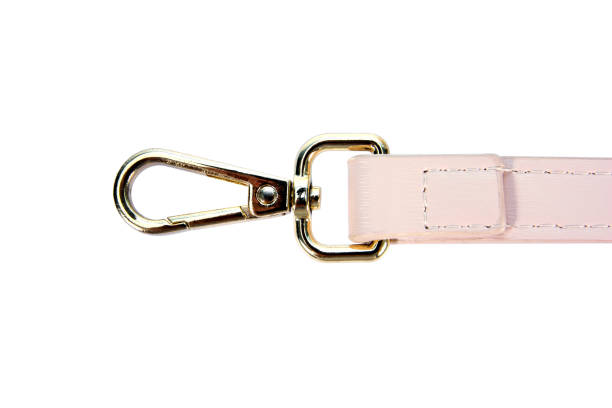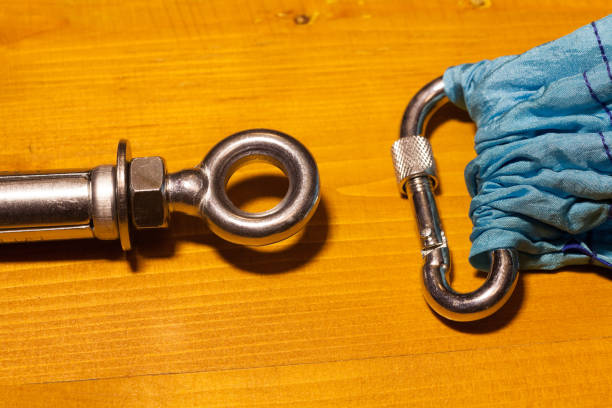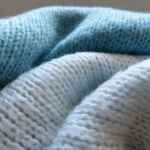When it comes to jewelry clasps, lobster clasps are among the most durable and popular choices used to fasten necklaces and bracelets securely. But what do you do when a lobster clasp on a favorite piece of jewelry isn’t working? Usually, a lobster clasp that won’t close indicates that the spring mechanism inside has failed or that the clasp has become misaligned. Fear not, as fixing a broken lobster clasp is a manageable DIY task you could also tackle at home with some basic tools and a steady hand. This article will guide you through the steps to diagnose and repair your lobster clasp, ensuring your treasured jewelry pieces are held closed and secure once again.
Preparing for the Repair
Before you start tinkering with your lobster clasp, you will need a few tools to aid you in the repair process. Common tools for this sort of job might include needle-nose pliers, a small flathead screwdriver, and possibly new springs if the old one is damaged beyond repair. It’s also wise to work over a light-colored surface or a mat that can catch any small parts that might fall out of the clasp.
Creating a conducive workspace is just as essential as having the right tools. Adequate lighting and a magnifying glass may also be beneficial, especially when working with small or intricate jewelry pieces. Ensure your environment is free from distractions, as precision is key in the delicate process of repairing a lobster clasp.

Step-by-Step Guide to Fixing the Clasp
- Diagnosing the Problem Every repair begins with understanding what’s not working. If your lobster clasp will not close, carefully inspect the clasp. Check for obvious signs of damage or misalignment. A broken necklace clasp can sometimes result from overuse or accidental damage. If there are signs of physical deformity, you’ll know that you may need to reshape the component.
- Straightening the Clasp If the clasp is bent out of shape, gently use the pliers to realign its structure. Do this slowly and carefully to avoid snapping metal parts, which are sometimes more fragile than they appear. The goal here is to return the lobster claws to their original form so they can function properly. In many cases, the issue might not be with the claw itself but with the jump ring or attachment ring that is connected to the clasp. If this ring is out of shape, your clasp might not function as intended. Examine this piece as well and make adjustments as required using your pliers.
- Tightening the Spring Oftentimes, the main issue with a lobster clasp that doesn’t close is that the spring inside the mechanism has lost its tension. Carefully dismantle the clasp—keeping track of each small piece—and examine the spring. If it’s intact but loose, you will need to increase the tension. This can be done by slightly stretching the spring to elongate it, thereby tightening its load. If the spring is broken, replace it with new springs that match the size and shape of the original.
- Realigning Components After ensuring the spring is adequately tightened and functional, it’s time to reassemble the clasp. This can be the trickiest part, as misaligned components will prevent the clasp from functioning. Make sure every piece is in its proper place before attempting to close the clasp. A table to illustrate what components of the lobster clasp might need attention: Component Common Issue Possible Fix Lobster Claws Bent Out of Shape Straighten with pliers Spring Mechanism Lost Tension Stretch or Replace Spring Jump Ring Misshapen Realign with pliers Trigger/Release Arm Not Snapping Back Ensure Spring Tension is Correct After attending to these issues, it’s important to test the clasp’s functionality. If it snaps back firmly and secures as it should, your repair has likely been successful. If not, you may need to revisit your work and adjust accordingly.

Preventive Measures and Care Tips
To prevent having to fix your lobster clasp in the future, regular maintenance and proper handling are essential. Jewelry pieces, particularly those with moving parts like lobster clasps, will benefit from occasional inspection to ensure that wear and tear do not lead to another malfunction. Lightly oiling the spring mechanism with a drop of watch oil every now and then could also help keep the clasp operating smoothly. When oiling, be careful not to use too much, which may attract dirt or cause a build-up that might impede the clasp functionality.
Furthermore, it’s important to avoid pulling or tugging at your jewelry, as forceful movements can bend the lobster claws or weaken the spring inside the clasp. Always open and close clasps gently to keep them in optimal condition. Another tip is to store jewelry in a way that prevents clasps from getting snagged or overstrained – this often means keeping them clasped and lying flat in a jewelry box or hanging them on a hook.
If you’re the crafty type who enjoys jewelry making, consider upgrading clasps to higher quality materials that may be more robust. Materials like sterling silver and gold are less likely to deform and can offer a longer-lasting hold when compared to their cheaper counterparts.
When to Seek Professional Help
- Recognizing When a DIY Fix Isn’t Enough If you’ve gone through the steps of tightening the spring and realigning the components without success, or if the clasp is severely damaged, these could be signs that the problem is beyond a simple home repair. Box clasps, spring rings, and other intricate clasp types may also require a jeweler’s expertise.
- Finding a Reputable Jewelry Repair Service Look for a repair service that has positive reviews and a good reputation. Ask for recommendations from friends or family, or consult local jewelry stores. Be sure to inquire about their experience with similar repairs, and if possible, get a quote before proceeding with the service.

Conclusion
In conclusion, a lobster clasp that won’t close is a common issue that can often be fixed at home using simple tools and a bit of patience. Understanding the anatomy of the clasp, knowing the repair process, and performing regular maintenance are key to extending the life of your jewelry. However, it’s important to remember that some problems might need professional attention, especially when dealing with delicate or high-value items. Follow these guidelines, and with a touch of care, you can keep your lobster clasp functioning smoothly, ensuring your jewelry stays right where it should be.
FAQs
- What causes a lobster clasp to stop working? A lobster clasp may stop working due to a variety of reasons. The most common is the spring inside the clasp losing tension or becoming damaged. Other issues could include a misshapen or bent clasp, wear and tear from regular use, or debris getting lodged inside the mechanism.
- Can a broken spring in a lobster clasp be replaced at home? Yes, if you are comfortable with small, intricate work, you can replace a broken spring at home. You will need the correct size replacement spring and some precision tools. If you are not confident in your ability to perform such a delicate task, it’s better to seek professional help.
- How can I extend the life of my lobster clasp? To extend the life of your lobster clasp, handle it gently, avoid exposing it to chemicals such as lotions or perfumes, perform regular inspections and maintenance, and store it properly. Occasionally oiling the spring mechanism with watch oil can also maintain smooth functionality.
- What’s the best way to clean a lobster clasp? To clean a lobster clasp, you can use a soft-bristled brush and warm soapy water to gently remove any dirt or grime. Ensure it’s thoroughly rinsed and dried before using it again. Avoid harsh chemicals as they can damage the clasp and the jewelry it’s attached to.
- Should I attempt to fix a gold or silver clasp myself? If the clasp is made of precious metals like gold or silver, proceed with caution. These materials are softer and more prone to damage if not handled properly. If your jewelry is valuable or sentimental, consider taking it to a professional to avoid any mishaps during the repair process.




